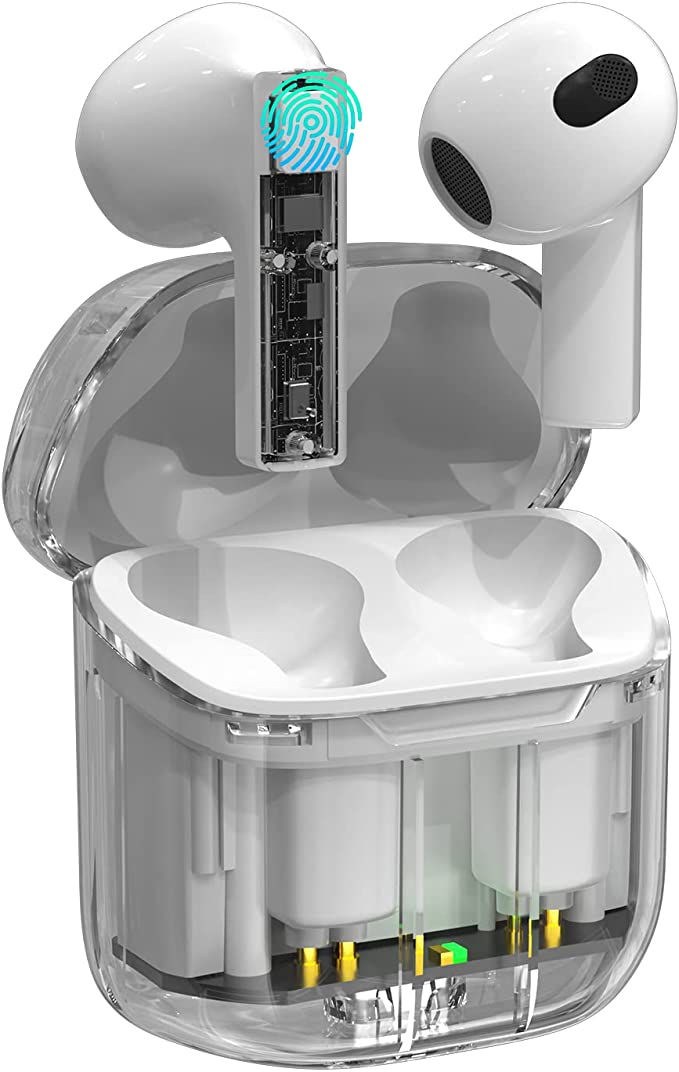Decoding the $2,800 Question: A Business Case for Beverage-Top Printers
Update on Nov. 12, 2025, 4:07 p.m.
A $2,800 price tag for a small appliance is not a casual purchase. It is a serious capital expenditure (CapEx) that demands a rigorous business case.
This is the reality of the emerging “beverage-top printer” market, populated by devices like the Ripples Maker PRO. These machines are not toys; they are sophisticated, food-grade inkjet printers designed for a single purpose: Business Use.
But what is the return on that investment? The [Original Article] provided an excellent scientific teardown of how the technology works (piezoelectric inkjets, natural colorants, foam physics). However, for the cafe, bar, or bakery owner considering this purchase, the only question that matters is why it works—as a business tool.
Let’s deconstruct the “first principles” of a beverage-top printer, analyzing its specifications not as features, but as components of an ROI calculation.
1. Decoding “Social Media Boost” into a UGC Engine
The primary value proposition is “Amplify Your Social Media Impact.” A business owner must “decode” this marketing term into a tangible asset.
This asset is User-Generated Content (UGC).
In a saturated market, a customer’s personal Instagram, TikTok, or Facebook post is vastly more powerful than a brand’s own marketing. The “selfie” or “personalized design” is a call to action. The machine is a content engine that transforms a standard $6 latte into a “shareable moment.”
The Business Math: A single, high-quality post from a local micro-influencer (or even just a customer with 1,000 followers) can be valued at $50-$150 in equivalent ad spend. In this framework, the printer isn’t a $2,800 cost; it’s a pre-paid “ad budget” that, if marketed correctly, pays for itself by turning customers into your marketing department. The “private QR code” feature, which allows customers to submit their own content, further gamifies this UGC generation.

2. Decoding “10-Second Print” as a Labor Cost
A $2,800 machine that saves $5,000 in marketing is useless if it costs $10,000 in labor. This is the second crucial “first principles” test: workflow integration.
The specification “Prints in just 10 seconds” is perhaps the most important engineering detail for a business owner.
- A 10-second print: This is a workflow-compatible time. A barista or bartender can place the drink, press a button, and the print is complete by the time they are ready to hand it off. The impact on labor cost is negligible.
- A 60-second print: This would be a workflow-killer. It would create a bottleneck, infuriate staff during a rush, increase ticket times, and be operationally unviable.
The 10-second spec is a deliberate engineering solution that signals the device is designed for real-world, high-volume commercial use.
3. Decoding “Dual Pods” as a Margin Enhancer
This technology is not just about marketing; it’s about margin. The “Dual Pod Holders” for “vibrant, multi-color prints” (as seen on the PRO model) are a premium feature.
This feature is the justification for a new, higher-margin product category. * Standard Latte: $6.00 * Personalized “Ripple” Latte: $7.00
The “natural extracts” and “plant-based” ingredients, while scientifically interesting, are commercially crucial. They allow the brand to maintain a high-quality, “clean-label” narrative, justifying the $1.00 upcharge.
The Break-Even Analysis: * Investment: $2,800 * Upcharge per Drink: $1.00 * Break-Even Point: 2,800 drinks.
For a busy cafe, this is not an insurmountable number. The machine provides the physical justification to create a new, high-margin revenue stream that can pay for the machine itself.

4. Decoding the “60-Day Trial” as an Ecosystem
The final specification is the “Free 60-Day Design Package Trial.” This reveals that the business model is not just a one-time hardware sale.
The $2,800 is the entry fee into an ecosystem. This is a Software-as-a-Service (SaaS) model. The “customizable WebApp” and “thousands of royalty-free designs” are the real product. This is a B2B platform designed to provide ongoing value (and likely, an ongoing subscription fee) in exchange for a constantly updated library of content. This signals a long-term B2B partnership, not a simple appliance purchase.
Conclusion:
The [Original Article] was correct: the science of edible printing is fascinating. But the business of edible printing is what matters. A $2,800 beverage-top printer is not a “printer” at all. It is a User-Generated Content engine, a margin-enhancing tool, and a workflow-compatible piece of marketing hardware. That is the business case, and for the right establishment, it’s a compelling one.



















